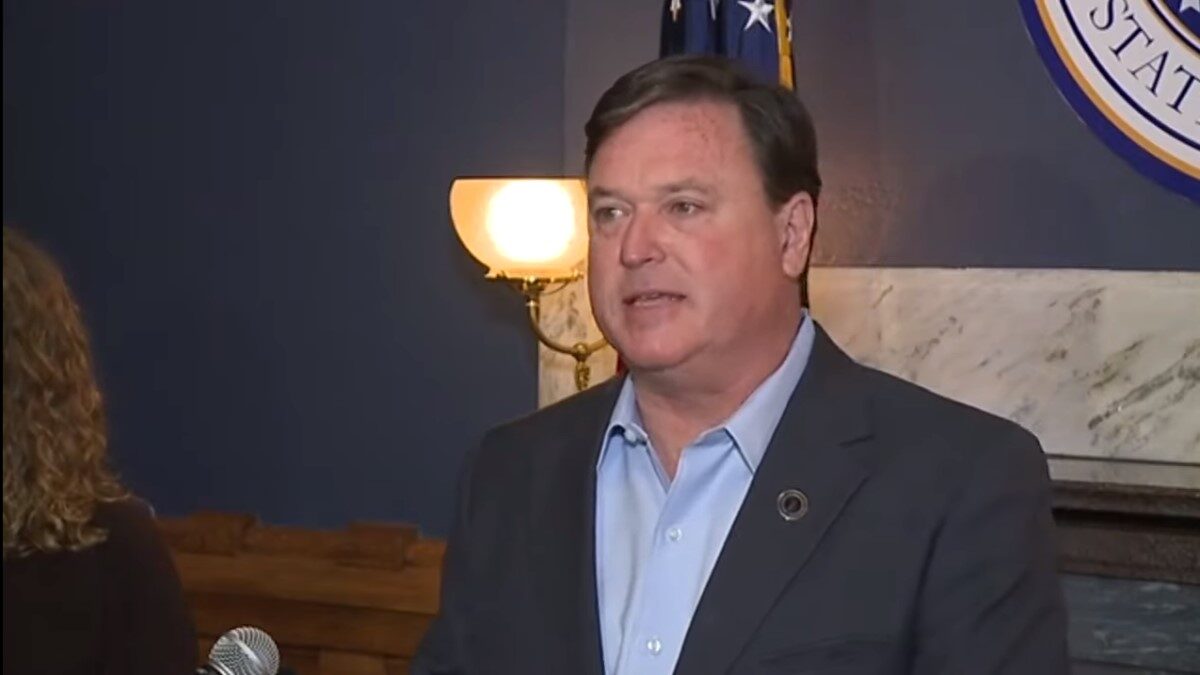
As a pharmacist and pharmacologist, I have followed the Food and Drug Administration and its policy decisions for almost two decades. Some of the time I have done it from inside the agency, as a medical officer and senior medical analyst. Other times, I’ve watched from the outside as a Yale University professor of pharmacology and investigational medicine or as a scientist at Pfizer, Inc.
I haven’t always agreed with the FDA’s regulatory decisions, but that only makes sense given the number of decisions it makes each year. Yet recent regulatory decisions seem so questionable that I find myself unable to recognize the logic of my former FDA colleagues. Although my list of FDA bad decisions is longer, here are five of the most egregious over the past five years, in no particular order.
1. Approving Injectable Corticotropin (ACTH)
In one of many examples at the FDA, a 2013 decision from the FDA’s Division of Metabolism and Endocrinology is a textbook story of how a pharmaceutical company abused the FDA approval process. Corticotropin, also known as adrenocorticotropic hormone (ACTH), is a type of steroid. This class of drug is used to treat inflammatory conditions such as asthma, allergies, and breathing problems.
In 2001, Questcor Pharmaceuticals bought full patent rights to corticotropin gel for $100,000 from Armour Pharmaceutical Company. As an orphan drug applicant, Questcor could have received special accommodations, tax credits, study waivers, and fee waivers when it claimed it wanted to obtain an orphan designation for ACTH for West Syndrome (also referred to as infantile seizures.)
Then, after receiving approval for the drug, Questcor began studying and promoting its off-label use for unrelated medical conditions such as optic neuritis, migraine headaches, sarcoidosis, and arthritis—basically every inflammatory condition under the sun. Questcor consistently tested the drug against placebo, instead of comparing it to an existing standard-of-care drug therapy already being used for the condition.
In short order, the company then raised the price from $40 per vial to $38,000 per vial. Most private insurance companies refuse to pay for ACTH for anything other than West Syndrome. So the majority of all prescriptions written for ACTH for “off label use” are covered by taxpayers through Medicare.
The truth is that oral steroids work in a very similar fashion to ACTH, are more convenient to take, cost only pennies per dose, and are more potent than ACTH. Even though the FDA has no say in drug pricing, they do have a say in comparative efficacy. Nothing prevents the FDA or Centers for Medicaid Services from publishing an opinion article on the poorly designed clinicals trials listed in clinicaltrials.gov which showed that Questcor only compared their product to placebo rather than an active competitor.
2. Approving Lorcaserin (Bevliq) for Weight Loss
Letting lorcaserin (Bevliq) onto the market was another misguided decision by the Division of Metabolism and Endocrinology. Lorcaserin was approved to help people lose weight, but it doesn’t work so well—people taking it in clinical trials lost 5 kilograms of their body weight after a year of perfect compliance.
That’s not clinically meaningful—it means an approximately 100 kg person (220 pounds) would weigh approximately 95 kg (209 pounds) after an entire year of therapy. Then, after that first year of therapy, when the drug is discontinued, people gain the weight right back. Even if the drug is not discontinued, people seem to gain the weight back, which means that in either scenario whatever weight patients may lose won’t stay off.
3. Green-Lighting Flibanserin (Addyi)
In 2015, the Division of Urology and Reproductive Products gave the green light to flibanserin (Addyi), a drug to treat low sexual desire in women. A drug to treat this may make sense if it is safe, effective, and inexpensive. But flibanserin is none of these.
Flibanserin has significant safety issues, including potentially fatal interactions with alcohol consumption and the most commonly prescribed antibiotics and antifungals currently on the market. It doesn’t work for the vast majority of women, positively affecting only between 8 and 13 percent of those who take it. Unlike sildenafil (Viagra) for erectile dysfunction, flibanserin must be taken every single day in order to be effective. Also, it costs almost $1,000 a month.
Not surprisingly, prominent national women’s health groups voiced their opposition to the approval of flibanserin. Still, the FDA approved it.
4. Approving Eteplirsen for Duchenne Muscular Dystrophy
The 2016 approval of eteplirsen (Exondys 51) by the Division of Neurology Products also sets a terrible precedent and seems to defy common sense. Eteplirsen was designed to treat Duchenne muscular dystrophy, an inherited muscle-wasting disease that affects about 1 out of every 3,600 male infants. The disease is caused by an absence of dystrophin, a protein that helps keep muscle cells intact. Eteplirsen increases the body’s ability to make functional dystrophin.
Eteplirsen was tested in a mere 12 boys, a highly unusual situation. The small data sample showed the drug increases dystrophin production on average by just 0.9 percent of the level seen in a person without Duchenne. Moreover, panelists had doubts about the reliability of the method used to measure that tiny amount of dystrophin in muscle fiber.
A 0.9 percent increase is neither clinically or scientifically meaningful. While that might be acceptable to a minority of scientists, what isn’t acceptable is that Sarepta, the company that makes eteplirsen, charges $300,000 per year for that negligible 0.9 percent increase.
Yet FDA’s upper management insisted on approval, particularly then-FDA commissioner Dr. Robert Califf and the Center for Drug Evaluation and Research Director Dr. Janet Woodcock. It was so disagreeable that it lead to (relatively) major drama at the FDA.
The head Eteplirsen reviewer, Dr. Ellis Unger, went on an email tirade against FDA management. Dr. Ronald Farkas, who also reviewed and rejected the drug, quit his position as a neurology team leader, along with Dr. John Jenkins, the (former) director of the Office of New Drugs, rather than tolerate their scientific decision being overridden for non-scientific reasons by upper management. Rightly so. Kudos for standing up for science, gentlemen.
5. Allowing Recreational and ‘Medical’ Marijuana Use
Marijuana is classified as a Schedule 1 controlled substance by the federal government. Following the 2016 election cycle, however, voters approved recreational cannabis use in eight more states plus Washington DC for recreational or medical use.
“Recreational” inherently means that there is no medical utility. The percentage of Americans now living in an area where recreational marijuana is legal rose from 5 percent to 20 percent. Marijuana is not uniquely qualified for any medical condition and can be unquestionably dangerous.
Tobacco is becoming taboo and is banned in new places every day, but people don’t realize that marijuana has a greater potential to damage the heart, brain, and lungs. It delivers more tar to the lungs than tobacco does, along with more cancer-causing chemicals. It also decreases IQ scores, even when users are not under its influence. People are unwise to think that marijuana is anything less than unquestionably terrible for their health.
Although it has some positive pharmacological activity in specific disease states, cannabis is a poor and distant fifth- or sixth-line therapy following the failure of already approved medications that do a better job. Whether you are a Republican or a Democrat, I don’t think we can put America back to work, grow the domestic economy, or even dream to “Make America Great Again” by legalizing recreational marijuana for everyone who feels like taking it, unless the International Statistical Classification of Diseases develops a new ICD10 code of “I’m bored and want to get high”(sic).
America is distracted enough as it is, and the incidence of marijuana-caused fatal car accidents caused by impaired driving is growing, (doubling due to marijuana legalization in Washington state). Our out of control national debt and double-digit unemployment are very serious problems. The last thing we need to do right now is encourage our population to slow down and gain even more weight. It’s bad enough that we already lose so many Americans to cigarettes, alcoholism, and drunken driving. Do we really want to potentially endorse the loss of millions more potentially productive Americans via marijuana?
The fact is: marijuana is a drug, and like all drugs, can have the potential for serious adverse effects. Marijuana has known interactions with more than 550 different medications. These new recreational marijuana users and most of the questionable “medical marijuana” users are oblivious to the pharmacology when they bypass the FDA and buy marijuana at a dispensary from people who know almost nothing about the clinical pharmacology of cannabinoids, evaluating adverse events or drug-drug interactions. I believe only a licensed pharmacist should be allowed to dispense marijuana so they can regulate dispensation and counsel users appropriately with regards to its serious actions and drug interactions.
Americans need to ask themselves some important questions: Is legalizing marijuana going to make this a better country or a worse one? Would you want to live in a neighborhood filled with people who regularly smoke marijuana? Would you want your children regularly smoking marijuana?
The FDA’s sleepy “hands-off” policy has led to marijuana legalization with essentially zero oversight. At this rate, I wonder if the FDA will ever speak out on this irresponsibly used and abused controlled substance.
To summarize, the FDA has six divisions that oversee new drug approvals, but only three have one or more controversial approvals. President Trump has appointed Dr. Scott Gottlieb to be the next leader of the FDA. I believe the Senate would be wise to approve his appointment without delay. Gottlieb was the strongest candidate based on his extensive experience in investigational medicine, and his prior experience as an FDA deputy commissioner give him knowledge of internal FDA operations.
With his experience and highly competent past FDA leadership experience, Gottlieb will oversee all the FDA divisions with better scrutiny than the prior commissioner did.









